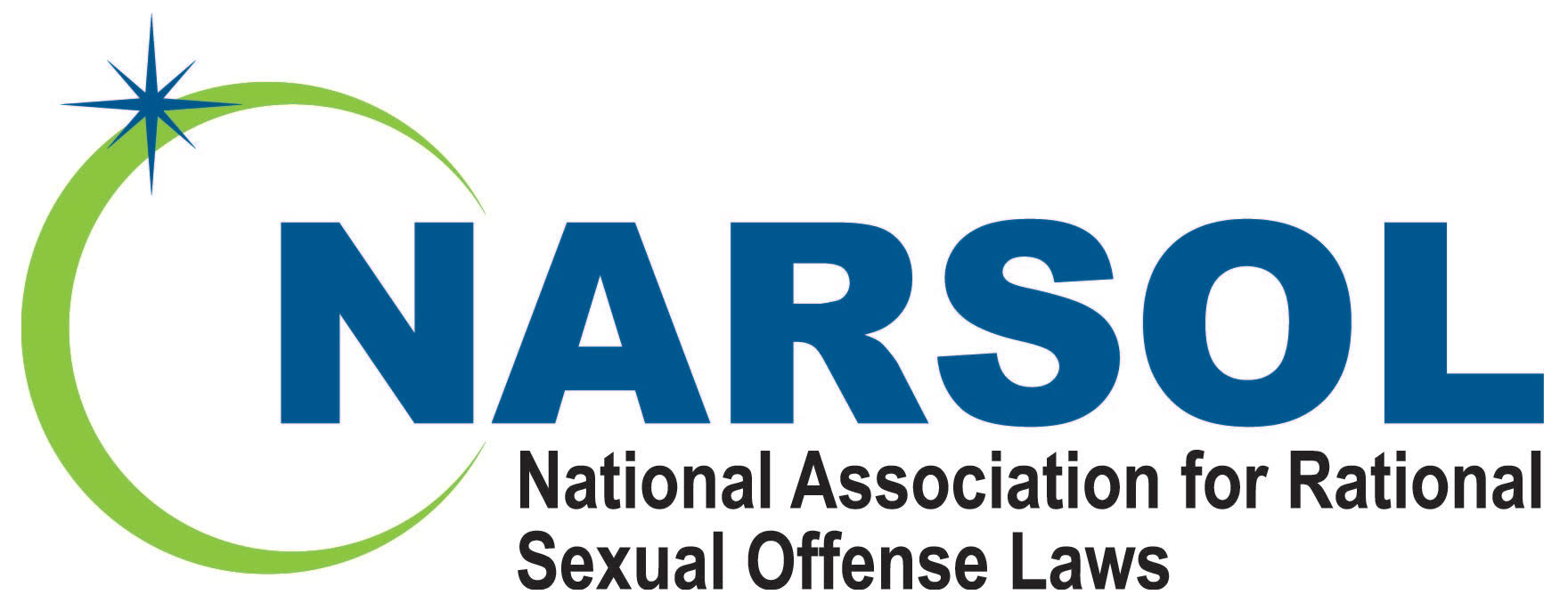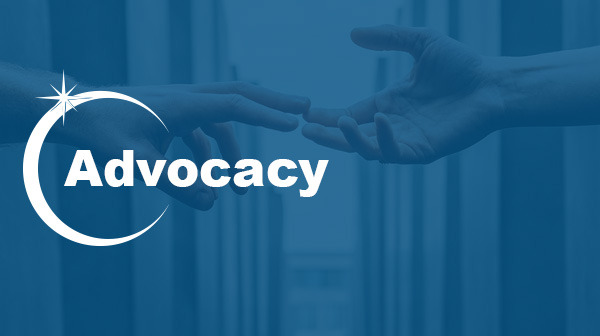Twenty-five years has been more than sufficient for researchers to study the impact of the SOR on public safety. Since sexual harm is so damaging to the fabric of our communities, our state government needs to take a level-headed look at the research that is available so state resources can be focused on solutions that effectively reduce these crimes.After dozens of studies, the consensus is clear: public sexual offense registries are ineffective ; they do not reduce first time or repeat offenses and they don’t make our communities safer. There is even a growing body of evidence that the SOR can result in higher crime , because those on the registry have more difficulty finding employment and reintegrating into their communities.The registry’s clearest impact is the harm it causes to those who are forced to register, their spouses, and their children. They often face unemployment, unsafe housing, and barriers to essential health care. As more begin to enter their senior years, all of these issues are becoming more acute. The harms can be hardest on children: 13% of parents who have a spouse on the registry report suicidal tendencies in their children as a consequence of the registry.
Unfortunately, when it comes to creating rational, effective policies related to sexual offenses, our political system can be blinded with emotion. Fears of appearing “soft on crime” can outweigh a politician’s desire to do the right thing. Some legislators have confessed to me that they know the registry doesn’t work, but they have difficulty supporting legislation to address the issue because they don’t know how to explain it to their constituents.
I have more faith in the Connecticut voter than that. What is needed is plain talk that dispels the myths related to sexual offenses, and real solutions that can make our families safer.
A common myth about people on the registry is that recidivism rates are higher for sexual offenses than other crimes, when in fact they are among the lowest. Connecticut is fortunate in that it has two state-specific studies through the Office of Policy and Management that came to the same conclusion. The risk of sexually reoffending drops each year the person lives offense-free in their community. After 20 years, even those with a high initial risk are the same as a person who never had a conviction – including our neighbors and family members. Individuals convicted of sexual offenses can be fully rehabilitated, and we need to support that outcome if we want to improve public safety.
Another myth is that strangers pose the most risk of causing sexual harm. Most sexual assaults are committed by acquaintances, friends, and family members. Among adults, three-quarters of sexual assaults are by individuals known to the victim ; among children, the figure rises to over 90%. With child victims, about half of sexual offenses are committed by other children, typically under the age of 15 . The SOR creates a false sense of security, causing us to focus on outliers and ignore greater risks that are closer to home.
The challenge is that sexual offenses can’t be significantly reduced with just one policy or program; the individuals affected, and circumstances of these crimes are too diverse. The good news is that in the last 25 years a variety of truly promising programs have been developed. Many of these new approaches are preventative, stopping an offense before sexual harm occurs.
One example is the “Responsible Behavior with Younger Children Program ” developed by Elizabeth Letourneau of Johns Hopkins University. The program, designed for middle-school children, teaches developmental differences between children and teenagers, peer harassment, and healthy, versus unhealthy, teenage-younger child relationships. A one-school pilot program was funded by the National Institutes of Health. The results were promising enough to expand it to 30 more schools.
Connecticut should not settle for the destructive legacy of Connecticut’s sexual offense registry, which has been unable to demonstrate any success at reducing sexual harm and is counter to rehabilitation. Our communities deserve better..



